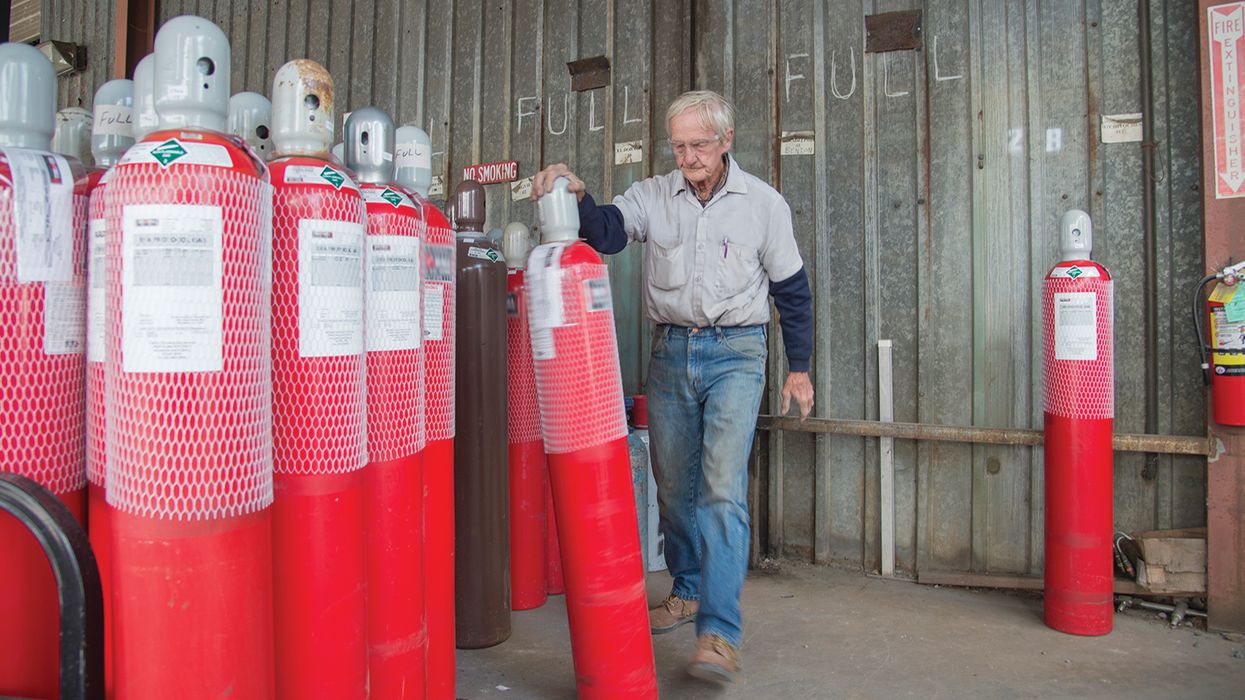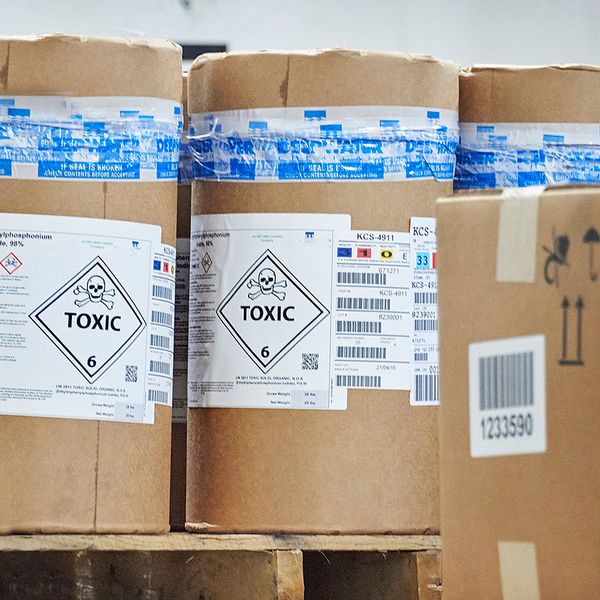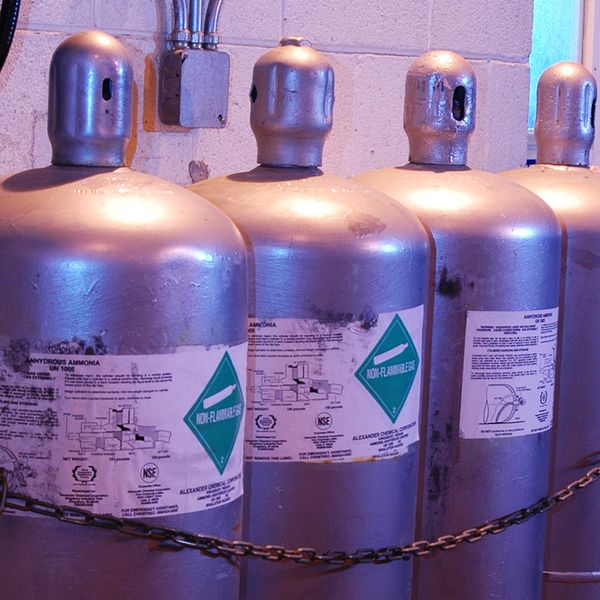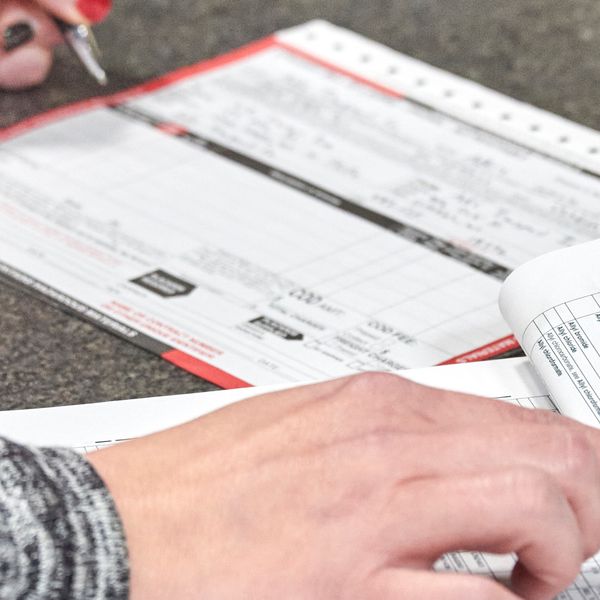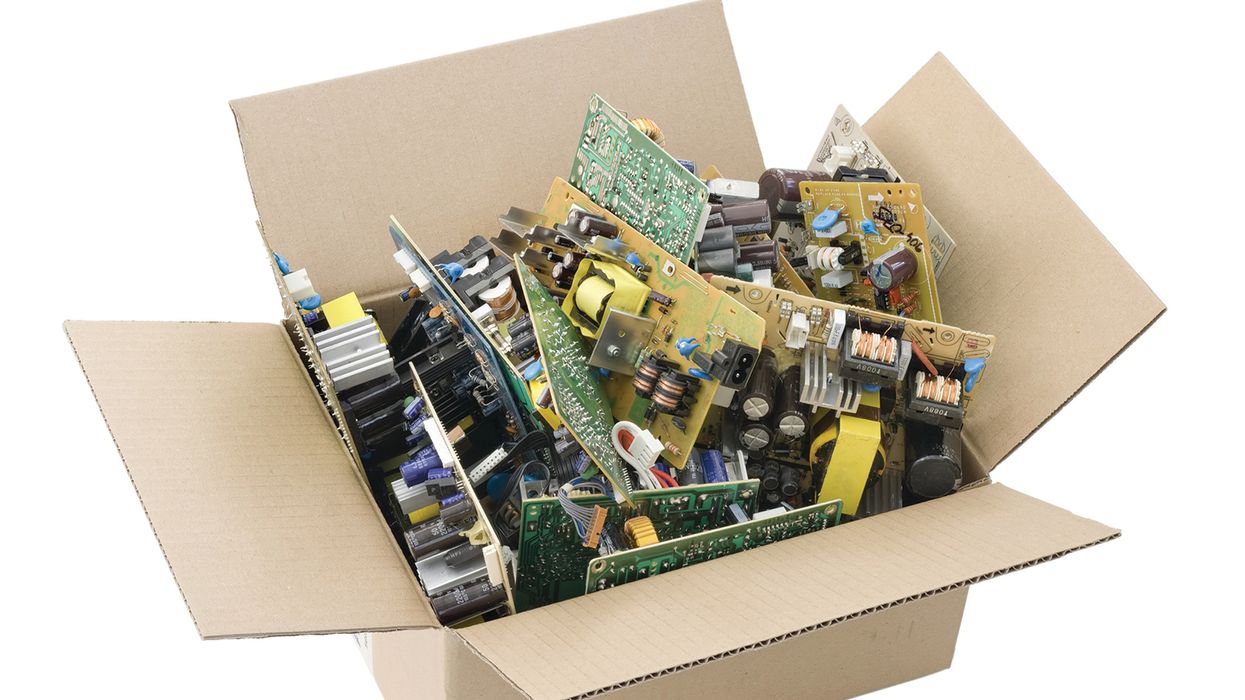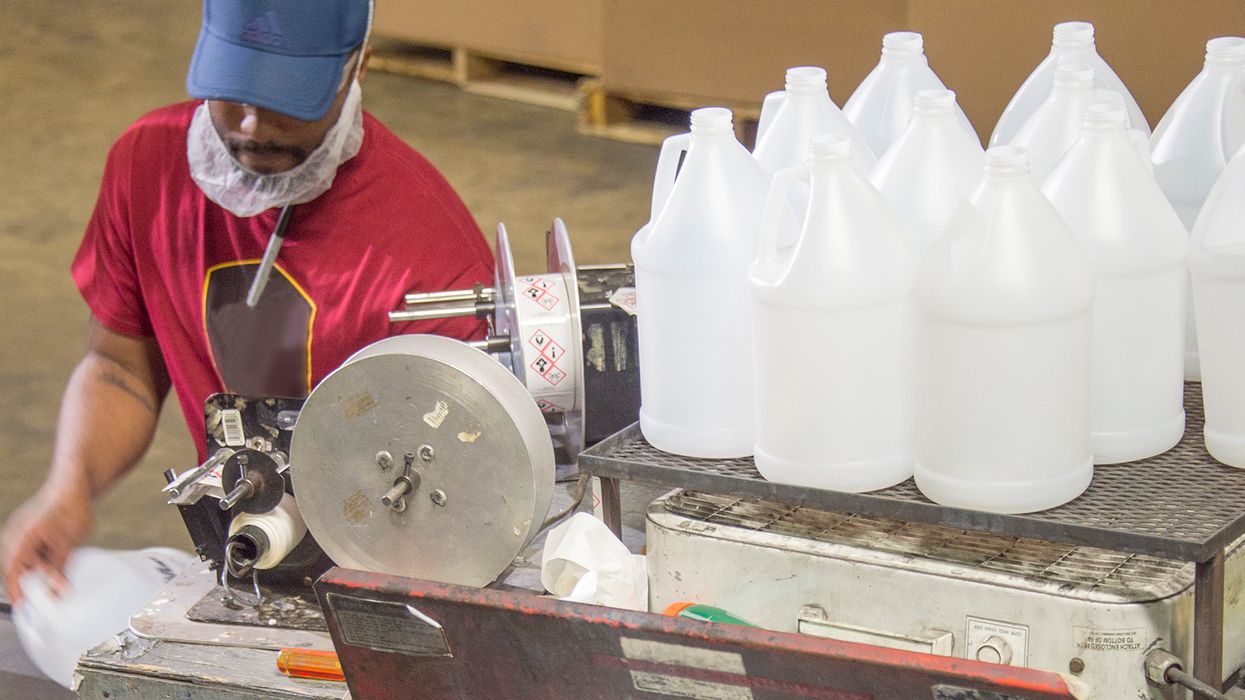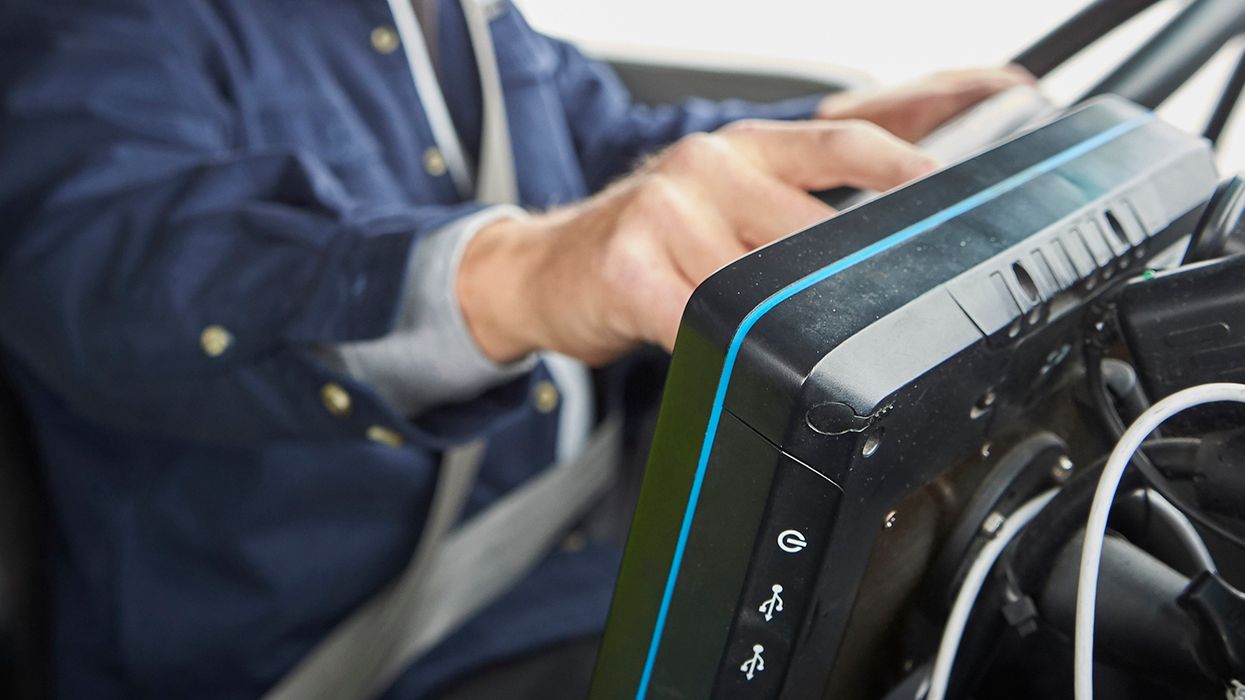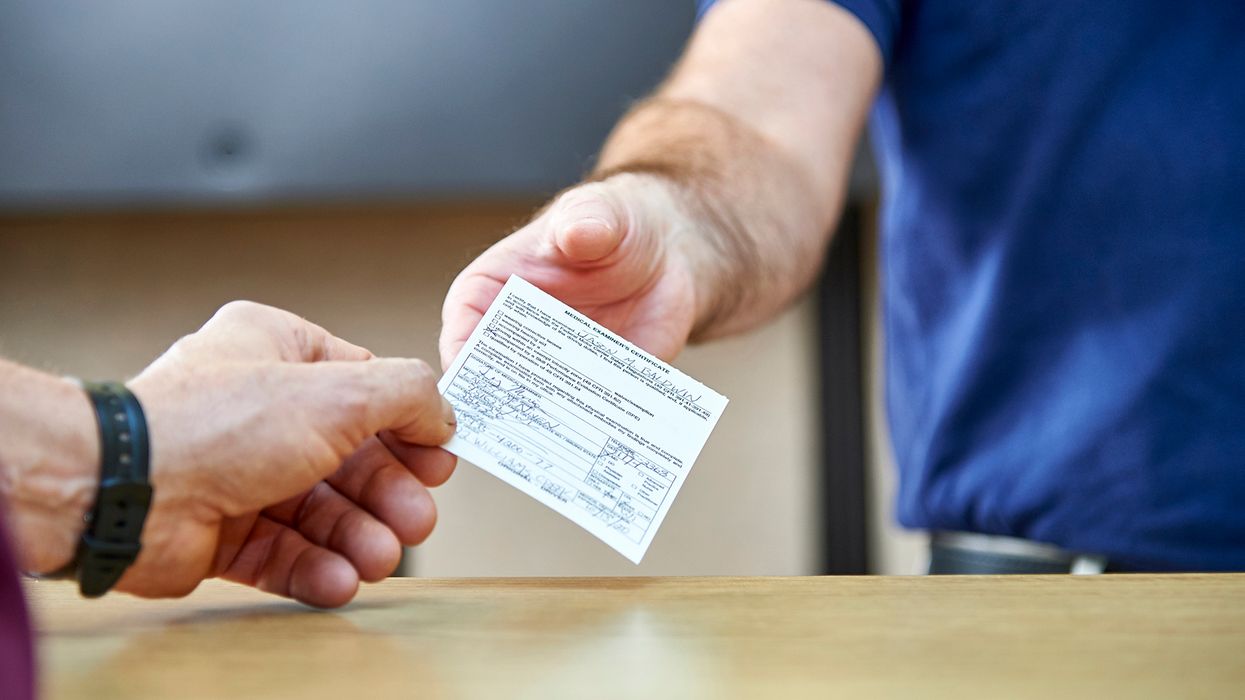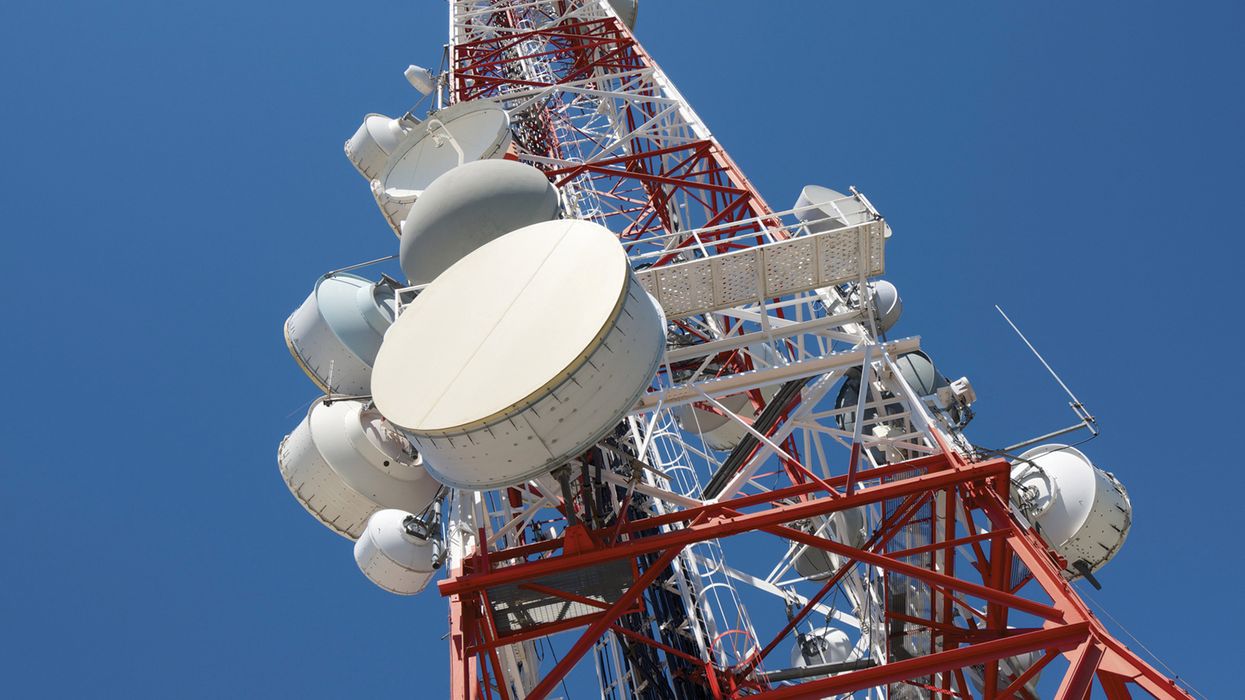Do these key hazmat regulatory changes affect your operations?
In a bid to maintain or even bolster the existing high level of safety under the Hazardous Materials Regulations (HMR), new rules from the Pipeline and Hazardous Materials Safety Administration (PHMSA) are coming, with a mandatory compliance date of March 4, 2025.
Need more information on other PHMSA regulation changes? Check out this article.
PHMSA's HM-219D final rule includes several key amendments, such as:
- Packaging options for compressed natural gas: The new regulations allow appropriate flexibility in packaging options for transporting compressed natural gas in cylinders.
- Streamlined repair approval process: PHMSA has streamlined the approval application process for repairing certain DOT specification cylinders, facilitating smoother operations and maintenance.
- Filling requirements for hydrogen cylinders: Greater clarity has been provided regarding the filling requirements for certain cylinders used in transporting hydrogen and hydrogen mixtures, ensuring adherence to safety protocols.
- Harmonization with international regulations: The HMR has been harmonized with international regulations to facilitate international commerce, streamline packaging, and improve hazard communication. This includes allowing the shipment of de minimis amounts of poisonous materials.
- Marking requirements for cylinders: To enhance clarity, a specific marking indicating compliance with certain HMR provisions is now required on cylinders.
- Marking exceptions for lithium batteries: The rule allows for appropriate marking exceptions under certain conditions for the transportation of lithium button cell batteries installed in equipment, streamlining hazard communication requirements.
- Additional descriptions for gas mixtures: PHMSA has allowed additional descriptions for certain gas mixtures, providing greater flexibility and accuracy in hazard communication.
- Updates in explosives transportation: Certain Institute of Makers of Explosives (IME) documents incorporated by reference have been updated to increase the safe transportation of explosives.
- Modified definition of "liquid": The definition of "liquid" now includes the penetration test prescribed in the European Agreement concerning the International Carriage of Dangerous Goods by Road (ADR), ensuring consistency with international standards.
- Incorporation of compressed gas industry standards: Several publications by the Compressed Gas Association (CGA) have been incorporated by reference, eliminating the need for some existing DOT special permits, and providing alternative methods for cylinder requalification. The following CGA standards were included:
- C-20 (2014)
- Appendix A to C-7 (2020)
- C-27 (2019)
- C-29 (2019)
- V-9 (2019)
These amendments reflect PHMSA's commitment to continually improving the safety and efficiency of transporting hazardous materials. By responding to industry petitions and incorporating international best practices, the PHMSA aims to ensure the safe and smooth transportation of hazardous materials while reducing regulatory burdens on stakeholders.
Changes from final rule HM-219D were a result of 18 petitions for rulemaking submitted by the regulated community which address various provisions including packaging, hazard communication, and document incorporation. The changes become effective on April 3, 2024, and become mandatory on March 4, 2025.
Key to remember: Stay ahead of the curve by reviewing hazmat regulation changes prior to the upcoming deadlines.

